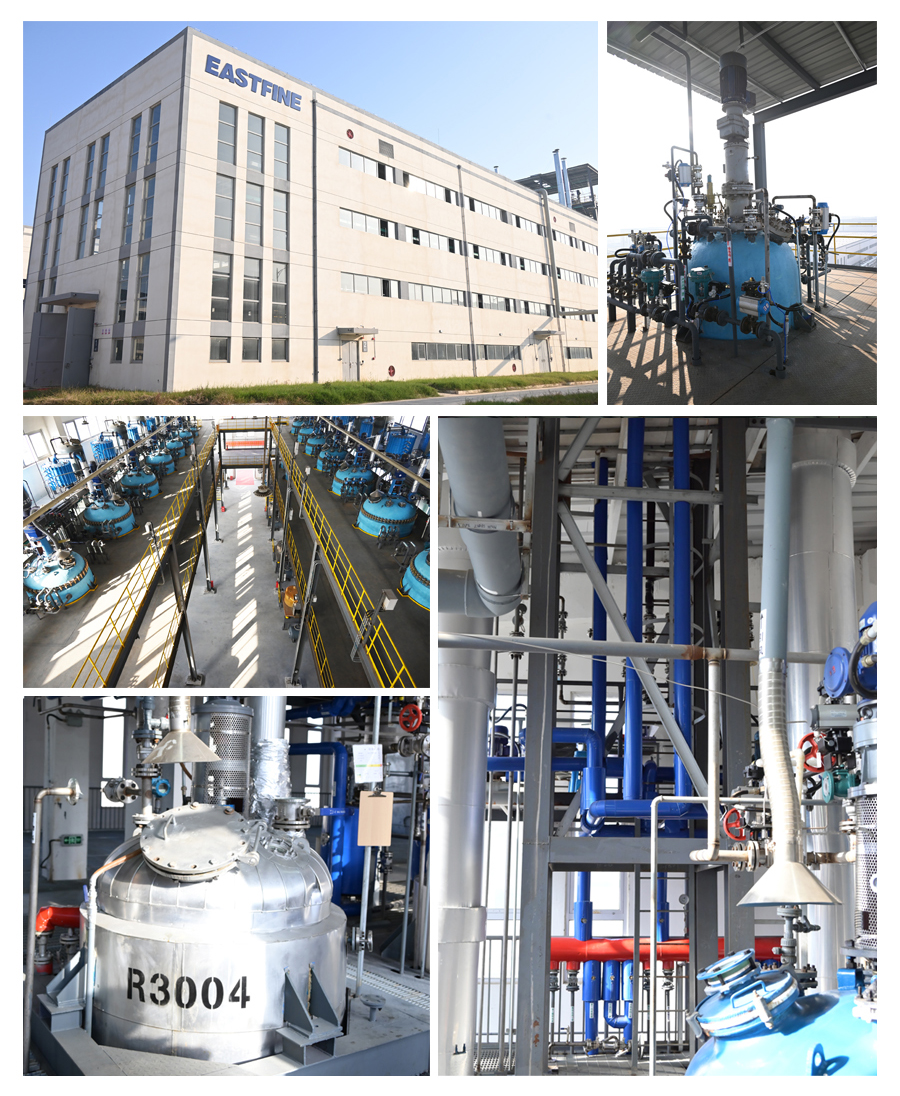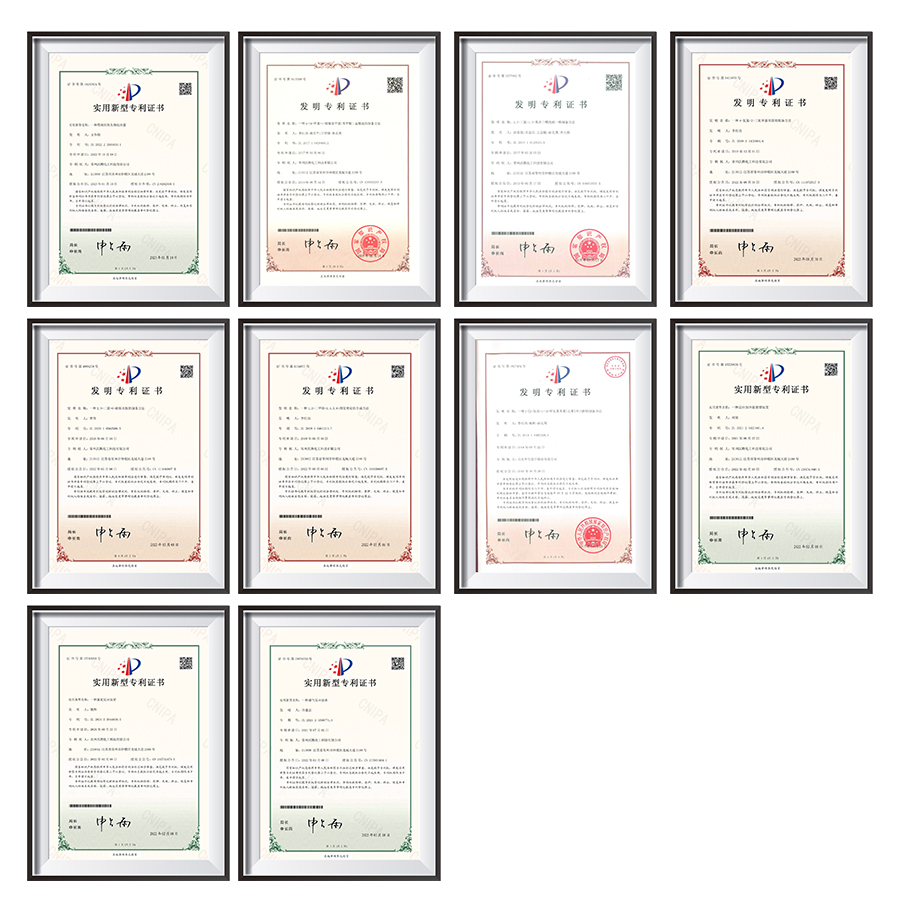| Availability: | |
|---|---|






Product Description
We are a pharmaceutical intermediate manufacturer of 2-Amino-5-cyanobenzotrifluoride.
Its CAS No. is 327-74-2
Our pharmaceutical intermediates can be used in a variety of APIs.
Product Category | Custom Synthetic Intermediates |
CAS NO | 327-74-2 |
Product Specifications | Melting point: 60-63°C Boiling point: 100°C 0,1mm Density: 1.37±0.1 g/cm3(Predicted) Storage temp.: Keep in dark place,Inert atmosphere,Room temperature |
Office Environment

Laboratory

Workshop/Warehouse

Certificate

2-Amino-5-cyanobenzotrifluoride is produced by EASTFINE , and we are in charge of overseas selling . Not just trading compamy .
China,America,Brazil,England,Russia,Poland,India,Pakistan,NewZealand,Korea,Australia,Dubai,Turkey,Indonesia,UAE.
yes , you can have 1 2-Amino-5-cyanobenzotrifluoride sample for starting the business , but it is not free
please contact sale team for detail .
The molecular formula is C7H5BrF3N, and its molecular weight is 240.02 g/mol.
It typically appears as a light yellow to off-white crystalline solid or powder.
It is mainly used as an intermediate in pharmaceuticals, agrochemicals, and fine chemical synthesis, contributing to the production of active pharmaceutical ingredients (APIs) and pesticides.
It is poorly soluble in water but dissolves well in organic solvents such as ethanol, methanol, and dichloromethane, making it useful in organic synthesis.
Handle in a well-ventilated area or fume hood to prevent inhalation exposure.
Wear protective gloves, safety goggles, and a lab coat to minimize skin and eye contact.
Avoid generating dust or inhaling vapors, as they may cause irritation.
Store in a cool, dry, and well-ventilated area, away from heat, moisture, and incompatible materials such as strong acids or oxidizing agents.
Keep in a tightly sealed container to maintain stability and prevent degradation.
It may cause skin, eye, and respiratory irritation upon exposure.
When heated or burned, it can release toxic gases, including hydrogen bromide (HBr) and nitrogen oxides (NOx).
Skin Contact: Wash thoroughly with soap and water.
Eye Contact: Rinse with plenty of water for at least 15 minutes and seek medical attention.
Inhalation: Move to fresh air immediately; seek medical help if breathing difficulties occur.